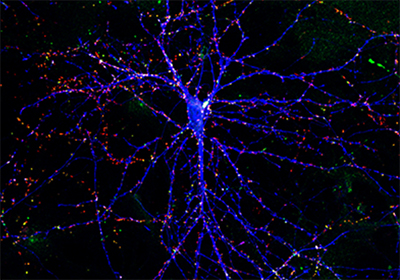
About one in 54 American children are diagnosed with autism by age 8, according to the Centers for Disease Control & Prevention. Utah’s prevalence rate is even higher, with about one in 50 8-year-old children identified with autism spectrum disorder (ASD). Only New Jersey has a higher rate in the United States.
Some people with this developmental disorder have severe learning disabilities and seem almost totally detached from the surrounding world. Others are less affected, but still display a range of complex neurodevelopmental problems including avoiding physical contact, indulging in repetitive behaviors or have difficulty making social connections.
While there is no cure, scientists suspect ASD is caused, in part, by a host of genetic factors including a defect in a gene called Kirrel3. In a new study, researchers at University of Utah Health recently detected how alterations in this gene could disrupt the formation and function of synapses in the hippocampus, a part of the brain involved in learning and memory. They say a better understanding of this process could eventually lead to medical interventions that reestablish normal synaptic function or help circumvent the problem.
Kirrel3 is one of hundreds of genes suspected of causing ASD and intellectual disability. It produces a protein that is vital for formation of synapses, structures that pass signals between neurons in the brain. The new research found that Kirrel3 proteins help regulate what is called synaptic specificity, a process that only allows a neuron to communicate with other neurons that are compatible with it.
The finding is the first experimental evidence that this mutant version of Kirrel3 may in fact be the cause of ASD in those patients and provides new insights into the neurodevelopmental disorder.
